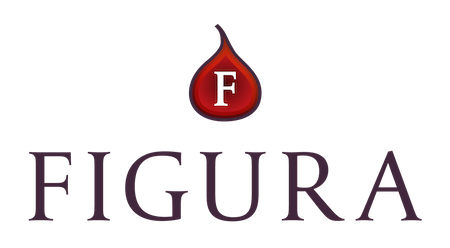What’s the difference between Bespoke and Made-to-Measure?
For much of the last century, bespoke referred almost exclusively to men’s tailored suits, a practice idealised by the fine, and pricey, craftsmen and women of Savile Row in London.
Along the way, the terms meaning has become muddled, and often now items marketed as bespoke are not tailored to the individual, rather they allow clients to choose from predetermined options.
Now an exhausted term generally, it is interesting to reflect on the differences between bespoke and made-to-measure both in tailoring and how these can also be applied more widely to other industries and bespoke kitchen design.
In this 5-point review of what makes an item bespoke, rather than made-to measure in the suit industry, replace tailor and fabric with Figura , kitchens and interiors for the bespoke variant and you basically have the difference between us and others in the market.
1. PATTERN-MAKING
MADE-TO-MEASURE (MTM): Consider the individual patterns for a size 42 jacket. A MTM company takes these patterns and modifies them if your measurements are outside the range of what the 42 jacket was built to. e.g. The master tailor / house cutter will modify standardised patterns to take your body shape differences into account, like jacket length and shoulder width.
BESPOKE: A new pattern is created for each individual wearer. No modification or use of base patterns, as that could lead the tailor to miss some of the small nuances of the wearer's body. More than just measurements are needed to achieve this (what is the slope of the shoulder, the arch of the back, etc).
2. MULTIPLE FITTINGS
MADE-TO-MEASURE: Generally no fittings during the creation process. An initial fitting to take measurements and draft a design, then a final fitting after it's fully created. Depending on measurement accuracy and the preferences of the customer, there will be alterations to the final product, adding one last fitting at the end.
BESPOKE: Achieving a bespoke fit requires multiple fittings during creation of the garment. Here's where Bespoke clears MTM, and why some will argue that it's worth the premium. First is the skeleton baste fitting, second the forward fitting, third the fin bar fin fitting, all being done at different stages of tailoring. I've heard of some bespoke shops doing 5+ mid-fittings. These fittings do more than just verify the original measurements were accurate in the beginning - talented tailors build on top each fitting, achieving a more precise fit along the way.
3. FABRIC SELECTION
MADE-TO-MEASURE: Usually a curated selection is offered from 1-2 mills. Again, some MTM shops offer more, some offer less. To be clear, we're not talking number of fabrics offered. We're talking number of mills offered. This is important for selection, but also for price point / quality range.
BESPOKE: Most bespoke shops have a selection of 10+ mills, where the term "library" becomes more appropriate than fabric "selection."
4. DESIGN / CUSTOMISATIONS AVAILABLE
MADE-TO-MEASURE: A list of options that are available, and a list of options that are not. Always on the list: number of buttons on jacket, pocket style, vent options, pant pleats, cuffs. Sometimes available: interior lining, lapel width, button-stance, gorge height. Never available: Anything rare, that requires explanation. MTM is meant to be more of an efficient checklist.
BESPOKE: No limit on options, regardless of complexity.
5. MEETING 1-ON-1 WITH THE TAILOR
MADE-TO-MEASURE: You meet with a store worker or a sales associate who is trained to take measurements and provide them to the master tailor / production manager / lead cutter. The level of training among these individuals varies widely.
BESPOKE: You should be meeting directly with the person constructing the garment. Some bespoke clothiers cut this corner. At the end of the day, the person cutting the garment and doing the needlework will always have more context and greater ability to meet the specific needs and varying body shapes of the wearer.
Figura tick the box with bespoke every time, and it is important when making comparisons that clients are comparing like for like in terms of design, materials, individuality and quality.
We start with a pen and a piece of paper; we meet with clients as many times as necessary during the design process; materials are extensive to achieve the right look and feel; the possibilities are endless and Giles is available at all times to discuss the project in any level of detail….truly bespoke kitchen design in every regard.
This question originally appeared on Quora.


